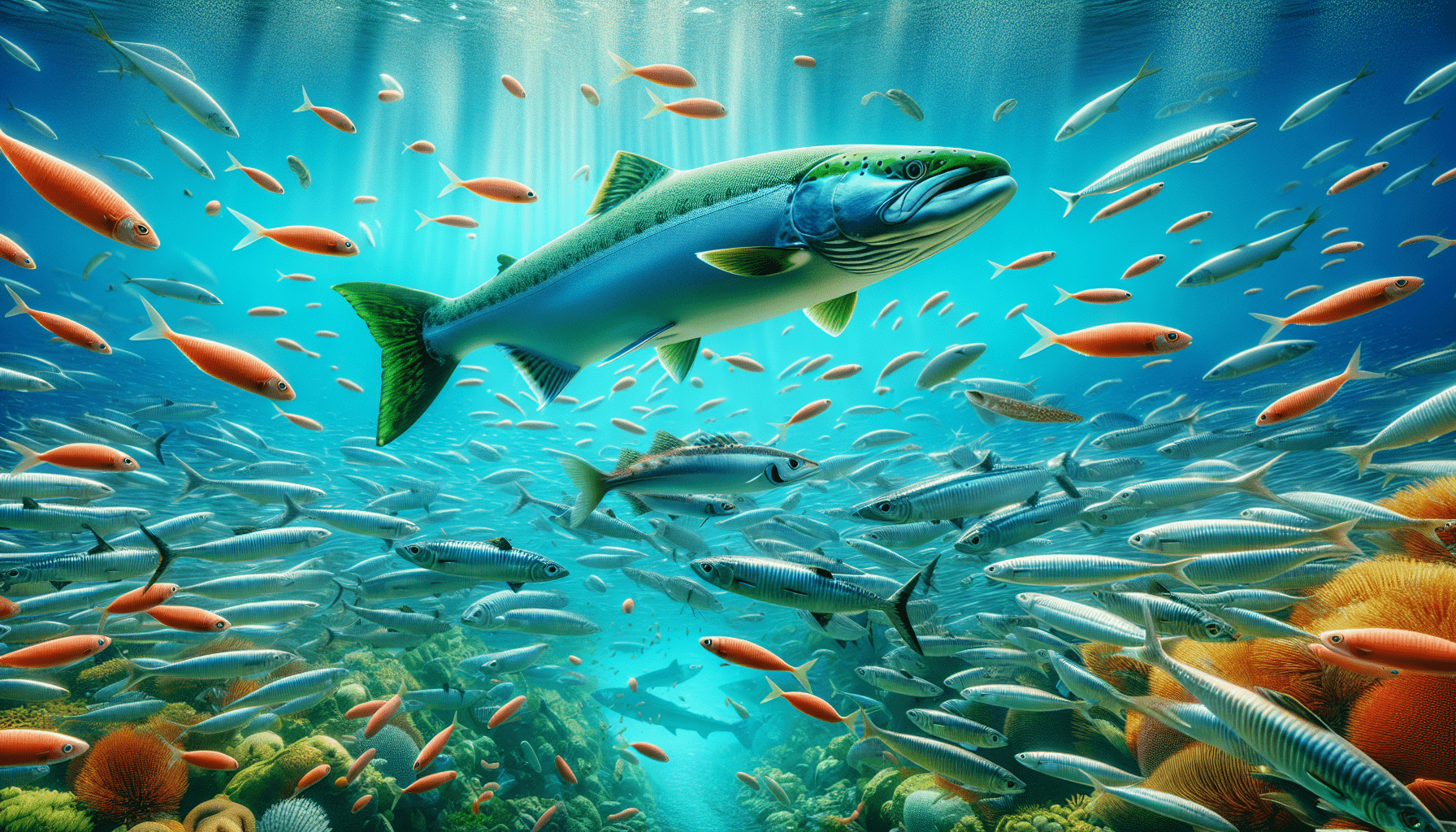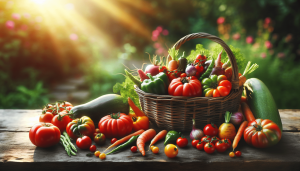In our journey to make more environmentally-conscious decisions, we’ve come across the vital topic of sustainable seafood choices. This article explores how we can select seafood that supports healthy ocean ecosystems and promotes responsible fishing practices. We delve into the importance of sustainability in our diets and offer practical tips for identifying eco-friendly options at the supermarket or local fish market. Join us as we dive deep into understanding what makes seafood sustainable and how our choices can make a positive impact on the planet. Let’s navigate the seas of sustainability together! Have you ever stopped to think about the impact of your seafood choices on the environment and future generations? As more people become aware of the environmental toll our diets can take, understanding what sustainable seafood choices are, and making them a part of our lifestyle, has never been more crucial.
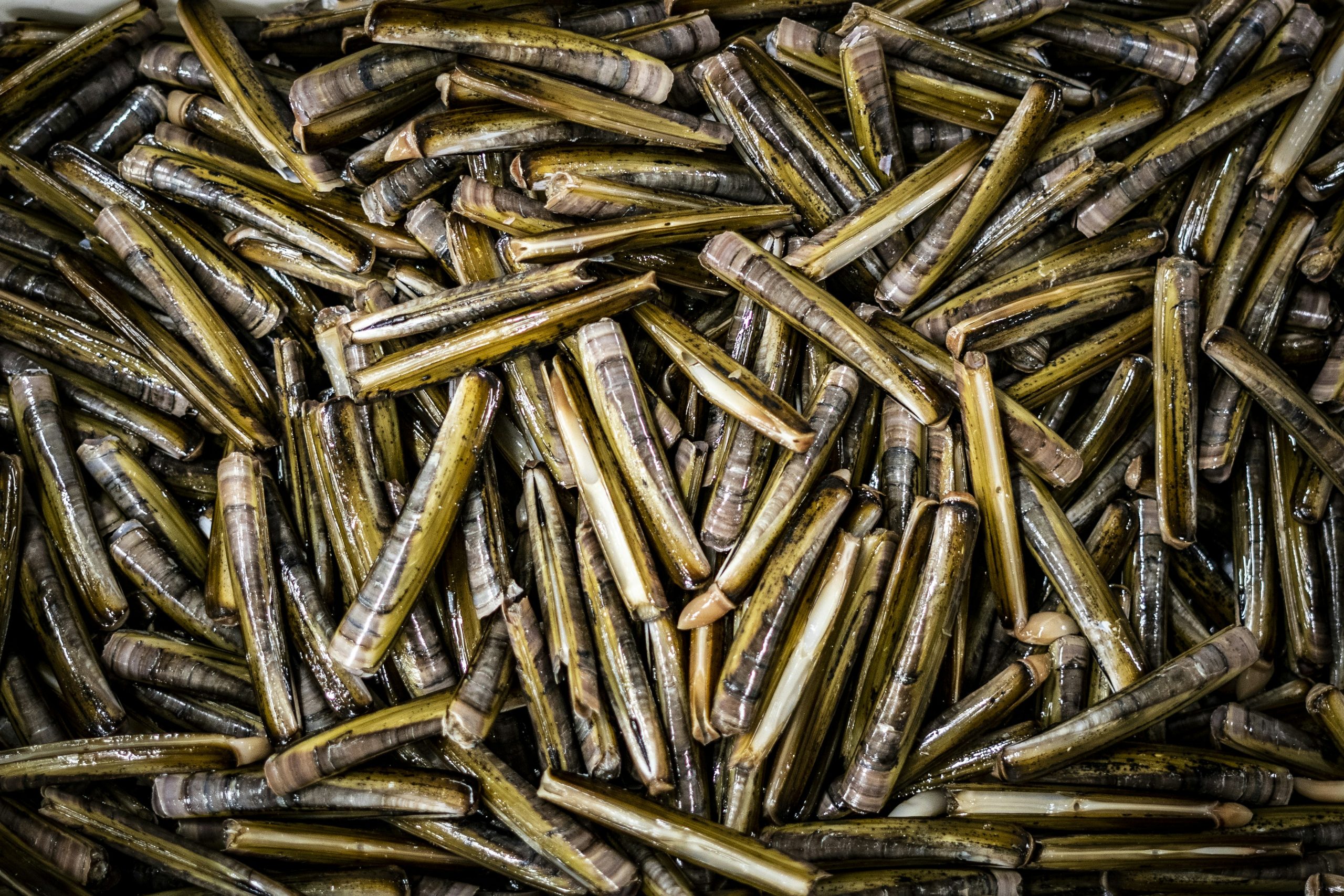
Understanding Sustainable Seafood
What Does “Sustainable Seafood” Mean?
“Sustainable seafood” refers to fish and shellfish that are harvested or farmed in ways that maintain the ecological balance of the ocean and ensure the long-term health of marine environments. It goes beyond avoiding overfished species; it involves ensuring that the catch methods do not harm other marine life or habitats.
The Importance of Sustainable Seafood
Our oceans are a critical part of Earth’s ecosystem, providing not just food but also oxygen, climate regulation, and supporting livelihoods for millions of people globally. Unsustainable fishing practices can lead to depleted fish stocks, destroyed habitats, and disrupted food chains. Ensuring that our seafood comes from sustainable sources helps protect the ocean’s health and supports the well-being of coastal communities.
Methods of Sustainable Fishing
Wild-Capture Fisheries vs. Aquaculture
The two primary sources of seafood are wild-capture fisheries and aquaculture. Understanding how each works helps us make better choices about the seafood we consume.
Wild-Capture Fisheries
These involve catching fish from their natural environments. Sustainable practices here include:
- Quotas: Setting limits on how many fish can be caught to prevent overfishing.
- Gear Restrictions: Using nets and traps that minimize bycatch (unintended species).
- Seasonal Closures: Implementing fishing bans during breeding seasons to allow fish populations to replenish.
Aquaculture
This is the farming of fish and shellfish. Sustainable aquaculture practices include:
- Responsible Feed Use: Ensuring that farmed fish are fed with sustainably sourced feed.
- Water Quality Management: Proper waste management to prevent pollution.
- Species Selection: Farming species that are less impactful on the environment.
Certification Programs
Labels and certifications can guide us toward sustainable options. Some well-known programs include:
| Certification Program | Description |
|---|---|
| MSC (Marine Stewardship Council) | Focuses on sustainable fishing standards for wild-capture fisheries. |
| ASC (Aquaculture Stewardship Council) | Sets standards for responsible aquaculture practices. |
| Seafood Watch | Provides consumer guides and ratings for different seafood choices based on sustainability. |
Eco-Friendly Fishing Techniques
Several fishing methods are considered more sustainable due to their lower environmental impact. These are:
- Hook and Line: Reduces bycatch by targeting specific species.
- Traps and Pots: Allow for the release of unintended species.
- Purse Seining with “Dolphin-Safe” Measures: Minimizes incidental catch of dolphins.
Identifying Sustainable Seafood
Reading Labels and Certifications
When purchasing seafood, look for labels like MSC, ASC, or other reliable certifications that signify sustainable practices.
Consult Seafood Guides
Several organizations provide guides ranking various seafood based on their sustainability. Seafood Watch, for instance, uses a color-coded system: green for best choices, yellow for good alternatives, and red for those to avoid.
| Color Code | Meaning |
|---|---|
| Green | Best Choice |
| Yellow | Good Alternative |
| Red | Avoid |
Local and Seasonal Choices
Choosing local and seasonal seafood helps reduce the carbon footprint associated with transportation and ensures that we are consuming stocks that are currently bountiful and responsibly managed.
Benefits of Sustainable Seafood Choices
Environmental Impact
Sustainable seafood supports healthy ocean ecosystems by ensuring fish populations remain stable and that the marine environment is treated with respect. It helps prevent overfishing and reduces habitat destruction.
Economic and Social Impact
By supporting sustainable fisheries and aquaculture, we prop up fishing communities and economies that depend on healthy marine environments. Sustainable practices often mean better working conditions and fairer wages for fishers and farmworkers.
Health Benefits
Sustainably sourced seafood tends to be higher quality, as it is often caught or farmed under stricter regulations regarding health and safety. Eating a varied diet of sustainable seafood provides essential nutrients and reduces exposure to pollutants like mercury and other toxins commonly found in overfished species.
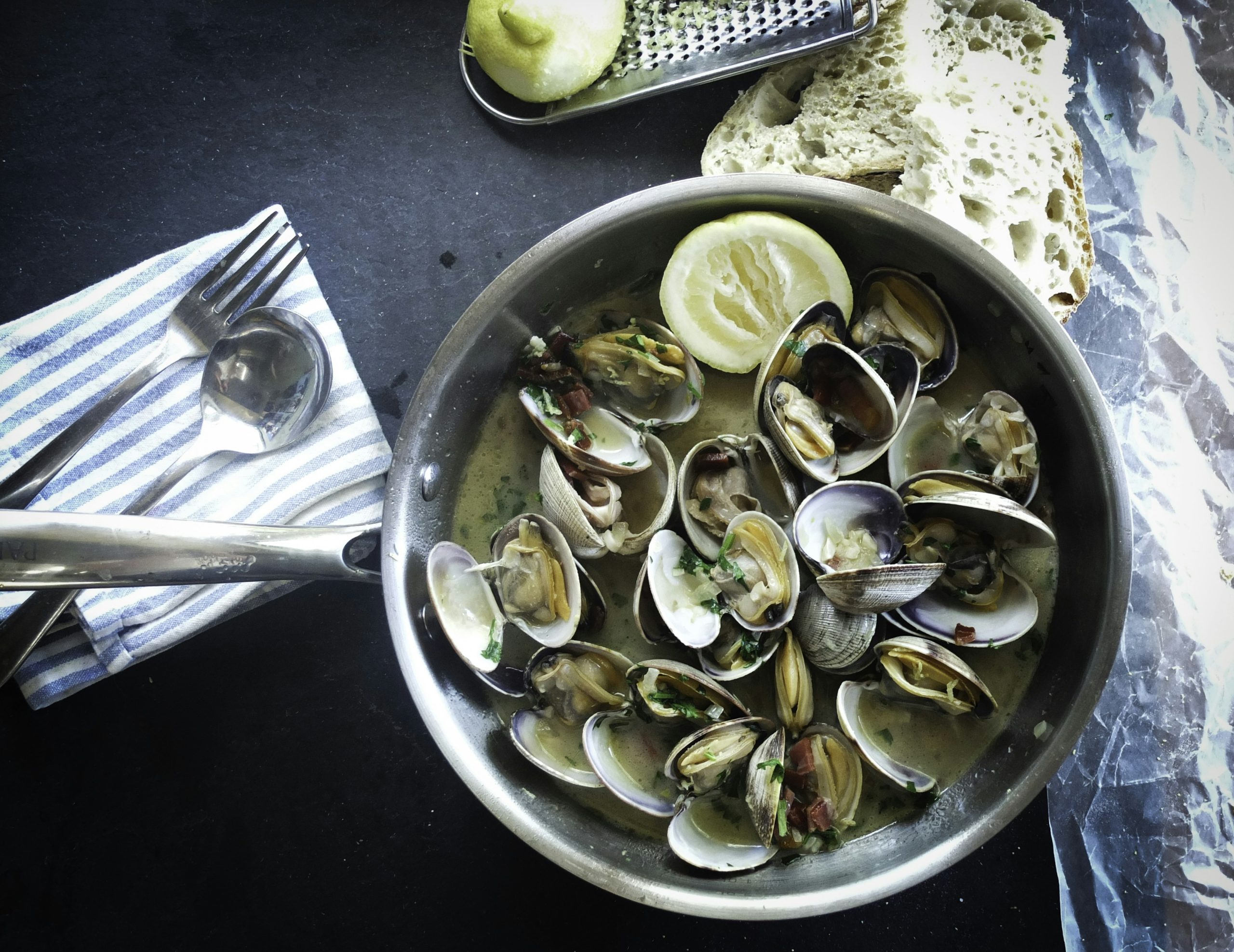
Species to Seek and Avoid
Best Choices
Some species are known for being sustainable choices due to healthy population levels and environmentally friendly farming or fishing practices. These include:
- Alaskan Salmon: Caught using sustainable methods, these fish have healthy population levels.
- Pacific Sardines: They reproduce quickly and are often caught using sustainable practices.
- Farmed Shellfish: Mussels, clams, and oysters are farmed in low-impact ways and actually contribute to cleaner water.
Species to Avoid
Conversely, certain species are at higher risk from overfishing or environmentally damaging farming methods. Caution should be applied when consuming:
- Bluefin Tuna: Severely overfished and high in mercury.
- Chilean Sea Bass: Often caught illegally and unsustainably.
- Imported Shrimp: Frequently farmed in ways that destroy coastal habitats and have high bycatch rates.
Personal and Community Actions
Making Informed Choices
We can all make more informed choices by:
- Researching: Learn about sustainable seafood options and the practices behind them.
- Asking Questions: When dining out or shopping, ask suppliers where and how the seafood was harvested.
- Supporting Ethical Brands: Purchase from brands and retailers that prioritize sustainability.
Community Impact
Encouraging sustainability goes beyond personal choices. Here are ways to amplify our impact:
- Advocate for Policy Changes: Support legislation promoting sustainable fishing and aquaculture practices.
- Educational Campaigns: Raise awareness about sustainable seafood in schools and community groups.
- Fishing Practices: If you fish, adopt sustainable methods and respect local regulations.
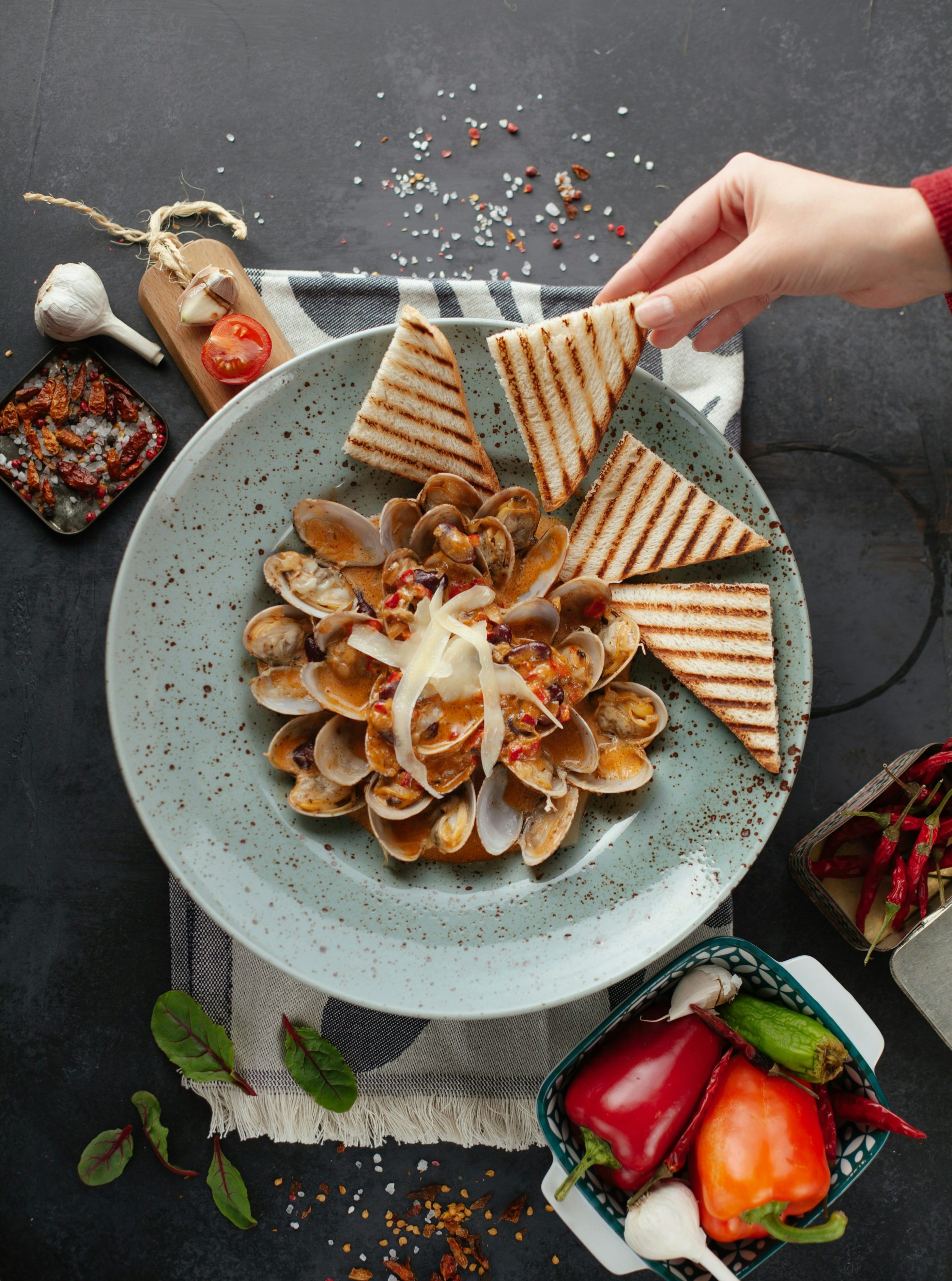
Overcoming Challenges
Mislabeling and Fraud
One of the biggest challenges in ensuring sustainable seafood is mislabeling. Mislabeling can result in consumers unknowingly purchasing unsustainable seafood. Combat this by:
- Supporting Transparency: Choose retailers known for transparency in labeling.
- Using Technology: Apps and online resources can help verify seafood sources.
Accessibility and Affordability
Sustainable seafood can sometimes be more expensive or harder to find. We can address this by:
- Local Cooperatives: Join community-supported fishery programs.
- Seasonal Purchasing: Buy seafood when it’s in season for lower prices.
- Diversifying Choices: Lesser-known but sustainable species often cost less than popular ones.
Conclusion
As we become more conscious of our impact on the natural world, making sustainable seafood choices is a vital action each of us can take. By understanding the principles of sustainability, recognizing sustainable practices, and making informed decisions, we contribute to the health of our oceans and communities. Let’s work together to ensure that our love for seafood does not compromise the future of marine life. We all can play a part in this as consumers, advocated for better policies, and spreading the word about the importance of sustainable seafood. So next time you’re at the market or in a restaurant, think about where your seafood comes from and choose wisely. It’s a delicious way to make a difference!

